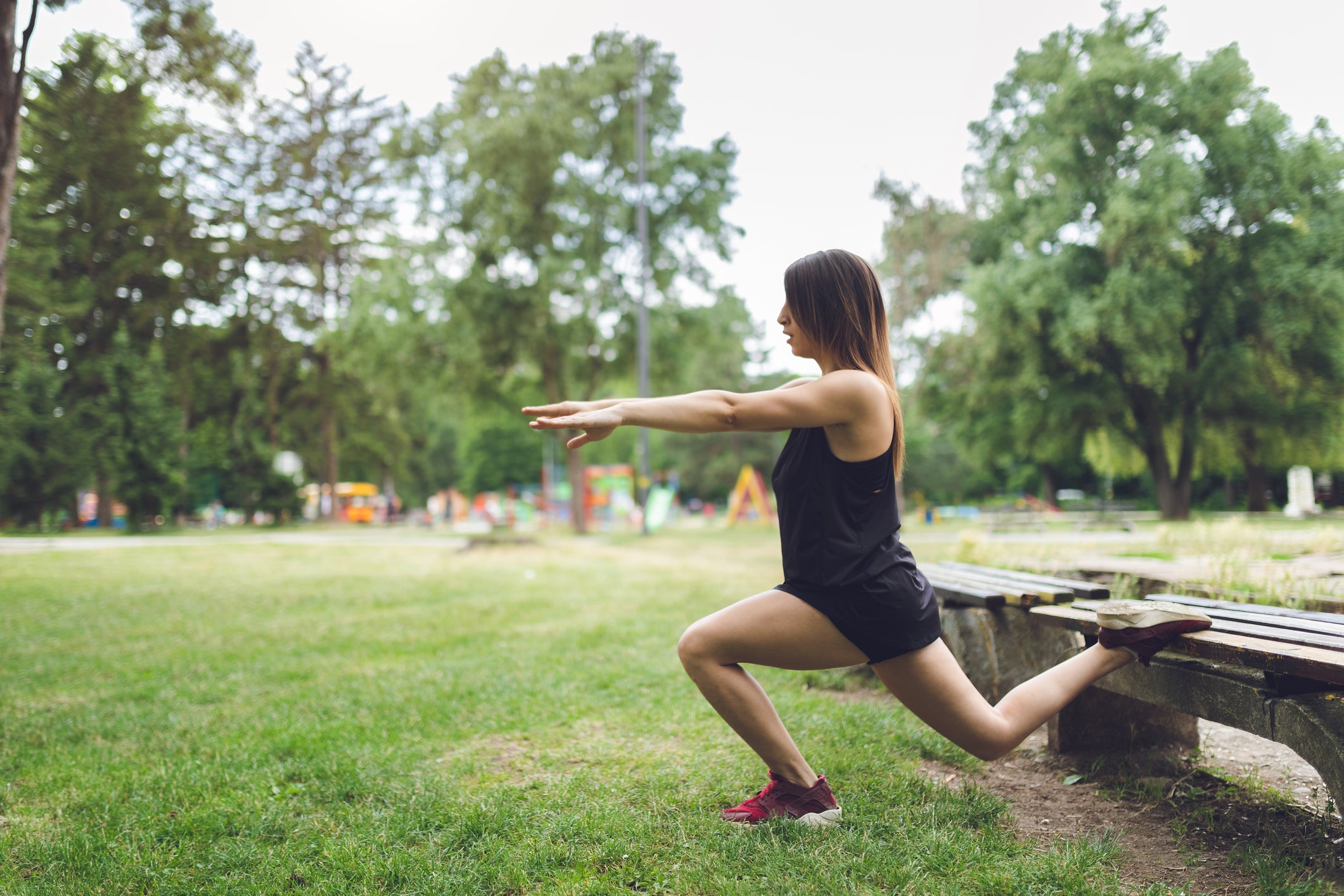Understanding the Role of the Kinetic Chain for Triathletes

Photo: Getty Images
Every other Tuesday, we’ll have a PT or trainer answering your questions about body mechanics, strength training, and injury. This week, Kyle Herrig, owner of Triplex Training answers: “What is the kinetic chain and what role does it play in my success as a triathlete?”
—
It’s first important to understand what the kinetic chain is and how it contributes to your success as a triathlete. The human body is an amazing machine comprised of over 200 bones and 650 muscles, all working together to get us across the finish line. Our bones are held together with ligaments, and our muscles connect to bones via tendons. All of these working pieces comprise our skeletal and muscular system and are responsible for entire complexity of human movement. Rather than one muscle operating in a single plane of motion, we neurologically fire multiple muscles that take our body through all three planes of motion. This is the kinetic chain—the idea that our muscles control multiple joints at a time and work together.
Let’s take a simple look at walking. When you step forward with your right foot, your left arm swings forward. When your right foot goes forward, the knee drives forward, which also brings the right hip forward, essentially causing your hips to rotate toward the left, as your right hip is now in front of the left. As this happens, the shoulders do the opposite—left hand forward and then left shoulder forward, causing the upper torso to rotate to the right.
This entire movement has a dramatic effect on our core. Think of what happens when wringing out a towel—twist the top to the right and the bottom to the left—and you have torsion through the middle. This is just like our core—complete activation and assistance control with the simple movement of one step forward. Imagine what your core does with 10,000 steps during a race! Swimming, too, is a very similar kinetic chain movement: After the right arm has been extended, we are essentially bringing the right limb closer to the left hip as our core is activated in the pull phase. Triathlon is all about the total movement of the kinetic chain.
Now it should start to make sense why it’s important for a triathlete to train their body with the entire chain in mind. While strength training on a seated machine, in one single plane of movement, will help the muscles get strong, it’s a far cry from the complexity of movement in running or swimming.
Training the kinetic chain, instead, not only makes these muscles stronger, but can also help the whole chain become more efficient by working multiple muscles within one exercise and teaching them to work together—just as they would in triathlon. If we have incredible quad strength, for example, but minimal hip mobility or core strength, our running efficiency will be compromised. If we then just strength train on a machine, with both legs off the ground and suspended in space, it won’t do the most to improve that hip mobility and running mechanics.
As you do strength work start thinking: Is this a similar movement pattern to what I would perform in a triathlon?
Try This to Improve Your Kinetic Chain
Swap out the squat for a single leg squat with the opposite hand reach forward. Standing on the left leg, squat down toward the ground while your right arm reaches about two feet in front of your knee and a foot off the ground. Try three sets of 10-15 on each side and notice any imbalances or difficulties.